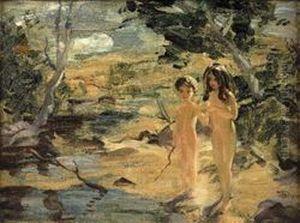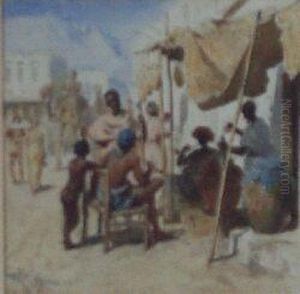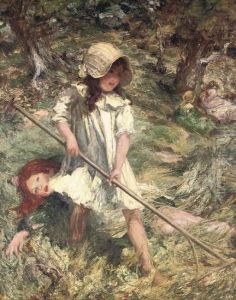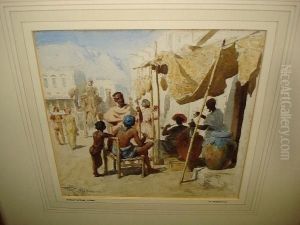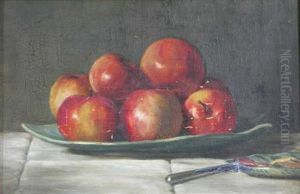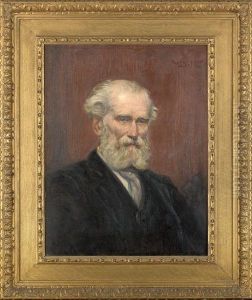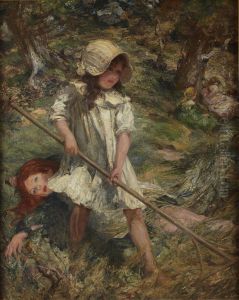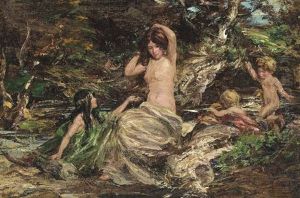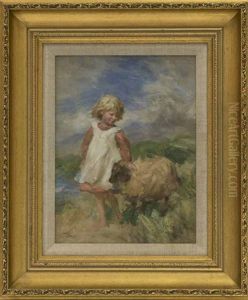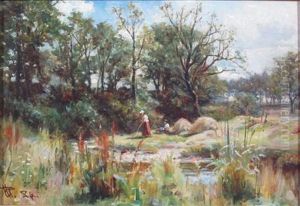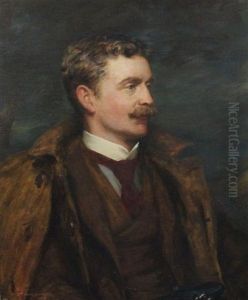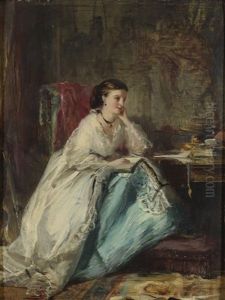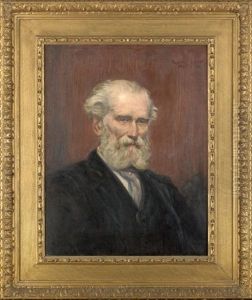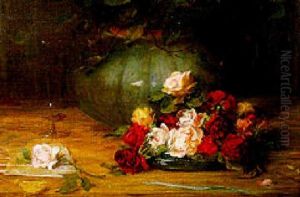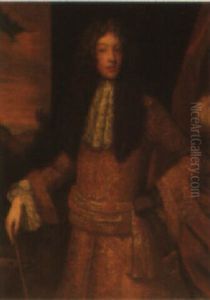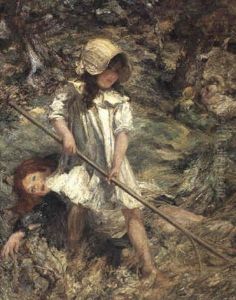Robert Duddingstone Herdman Paintings
Robert Duddingstone Herdman was a Scottish artist known for his contributions to the art world in the late 19th and early 20th centuries. Born in 1863 in Scotland, Herdman grew up in an era when the art scene in Britain was undergoing significant changes, with movements such as the Pre-Raphaelite Brotherhood influencing aesthetic values and artistic practices. Despite the lack of detailed records about his early life and education, it is evident that Herdman developed a keen interest in painting from a young age and pursued this passion throughout his life.
Herdman's work is characterized by its detailed realism, a hallmark of the time, combined with a unique sensitivity to the Scottish landscape and its people. He was adept at both oil and watercolor, allowing him to explore different textures and lighting effects in his depictions of rural Scotland. His paintings often featured the Scottish Highlands, showcasing the rugged beauty of the landscape and the simple lives of its inhabitants. This focus on everyday scenes and the natural world reflected a broader trend in Victorian art towards realism and an appreciation of unadorned nature.
Throughout his career, Herdman exhibited his work in various galleries and exhibitions, gaining recognition for his skillful landscapes and insightful portraits. His contributions to Scottish art were well regarded by his contemporaries, and he was part of a wider movement of artists committed to capturing the essence of Scotland's cultural and natural heritage. Despite this, Herdman did not achieve the same level of fame as some of his peers, and his work was somewhat overshadowed by more prominent figures of the time.
Robert Duddingstone Herdman's legacy is that of a talented artist who captured the spirit of his homeland with sensitivity and depth. His paintings remain a valuable record of Scottish life and landscape at the turn of the 20th century. He continued to paint until his death in 1922, leaving behind a body of work that continues to be appreciated for its contribution to the canon of Scottish art. Though not as widely known as some of his contemporaries, Herdman's work is celebrated for its authenticity and beauty, embodying the spirit of an era and a place that he knew intimately.
